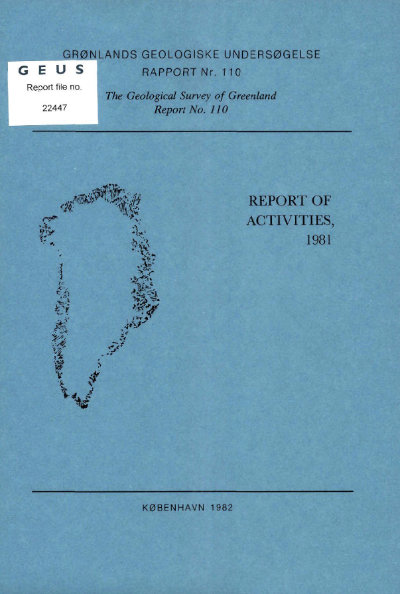Geochemistry of the Malene metavolcanic amphibolites from Ivisârtoq: significance of the Archaean stratigraphy of southern West Greenland
DOI:
https://doi.org/10.34194/rapggu.v110.7800Abstract
One of the most fundamental unresolved problems of tectonic modelling of the Archaean craton of West Greenland is the interpretation of the magmatic environment in which the ubiquitous Malene-type supracrustal rocks were formed and the relationship of these rocks to the pre-existing Amitsoq (c. 3750 m.y.) sialic crust in the Godthåbsfjord region at the centre of the craton. The Amitsoq gneisses are a complex of polyphase, pegmatite banded, tonalitic to granitic rocks and the Malene supracrustals are dominated by metavolcanic amphibolites associated with metasedimentary layers and ultrabasic bodies (Bridgwater et al., 1976). The present large scale intercalation of major Malene supracrustal and Amitsoq gneiss units is dearly the result of an early phase of thrusting (Bridgwater et al. 1974; Hall & Friend, 1979). However, whether the juxtaposition of the two suites originated from a cover-basement relationship or was purely tectonic in origin has been open to speculation.
Downloads
Published
Issue
Section
License
This article is distributed under a CC-BY 4.0 licence, permitting free redistribution and reproduction for any purpose, even commercial, provided proper citation of the original work. Author(s) retain copyright over the article contents.


